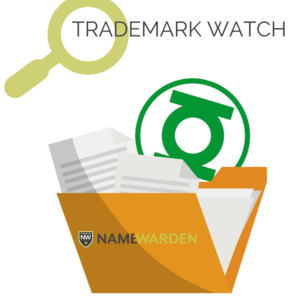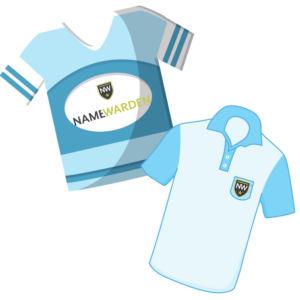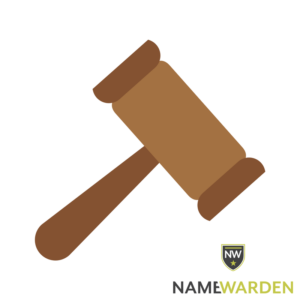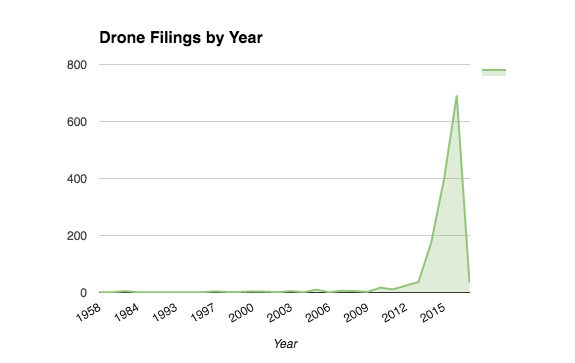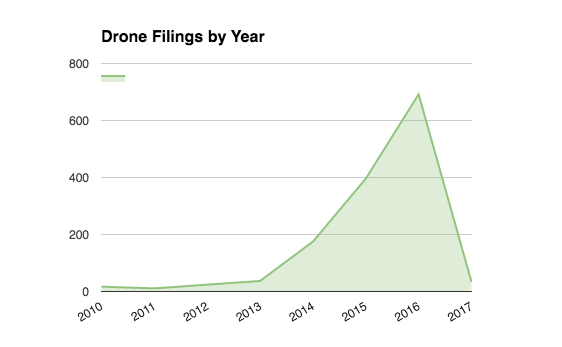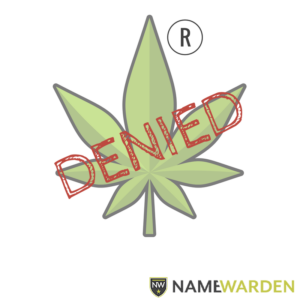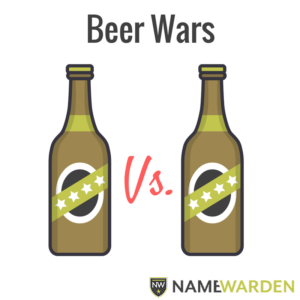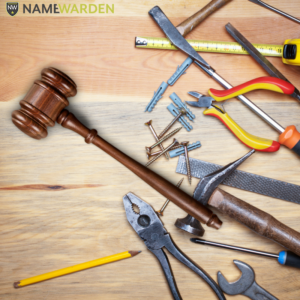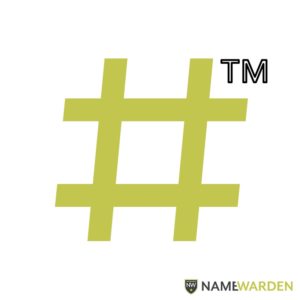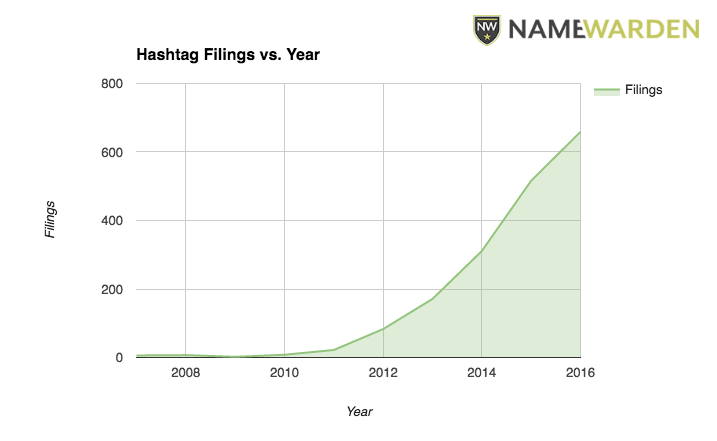Trademarks: Amazon Gets Personal While Samsung Lays Some Groundwork
Our trademark tracking ears perked up this past week when Amazon underwear and Samsung robots popped up on our trademark monitoring search radar! As you know, NameWarden’s powerful trademark monitoring system can watch USPTO applications for any search criteria you like. We keep tabs on a few of the major tech players. Here’s what caught our attention.
Amazon Gets Deeper Into Garments… Undergarments…
Looks like Amazon is expanding its product line to include undergarments. One mark, MAE was registered in the bra and panty category. The other, MXG was registered in the intimate apparel category.
The company has been expanding its wardrobe offerings quietly since 2016. They started with a line of 7 in-house fashion lines. In June of this year, they launched Amazon Wardrobe, a try before you buy shopping service and by August they had grown the in-house line to 50 labels. So that trend continues with underwear and loungewear.
Filing Date: 2018-10-11
Company: Amazon Technologies, Inc.
Serial Number: 88152020
Mark: MAE
Description: Class 025 : bras, bralettes, panties
Filing Date: 2018-10-11
Company: Amazon Technologies, Inc.
Serial Number: 88152027
Mark: M X G
Description: Class 025 : Lingerie; intimate apparel in the nature of underwear, chemises, pajamas, robes, slips being underclothing, nightshirts and nightgowns; bras, bralettes, panties, sleepwear, and loungewear
Samsung Lays the Groundwork, Taking on Roomba
Samsung has been growing its line of appliances and Smart Home offerings – like the Samsung Family Hub Smart Refrigerator and the Chef Collection. These recent marks suggest they are laying the groundwork for a new home appliance. While all three registrations fall within the robotic vacuum and dish washing categories, these particular marks (Active Waterjet, Turbospray, and Powersoak) suggest a new dishwasher is on the horizon. Unless, of course, the robots also clean floors. Guess we’ll just have to wait and see!
Filing Date: 2018-10-11
Company: Samsung Electronics Co., Ltd.
Serial Number: 88151096
Mark: ACTIVE WATERJET
Description: Class 007 : Robotic vacuum cleaners; dish washing machines for household purposes; washing machines for household purposes; vacuum cleaners; vacuum cleaner bags
Filing Date: 2018-10-11
Company: Samsung Electronics Co., Ltd.
Serial Number: 88151471
Mark: TURBOSPRAY
Description: Class 007 : Robotic vacuum cleaners; dish washing machines for household purposes; outdoor condensers, namely, outdoor air condensers for air conditioners; washing machines for household purposes; vacuum cleaners; vacuum cleaner bags
Filing Date: 2018-10-11
Company: Samsung Electronics Co., Ltd.
Serial Number: 88151489
Mark: POWERSOAK
Description: Class 007 : Robotic vacuum cleaners; Dish washing machines for household purposes; Outdoor condensers, namely, outdoor air condensers for air conditioners; Washing machines for household purposes; Vacuum cleaners; Vacuum cleaner bags
Want to try your hand at our easy and affordable trademark docketing and defense system? It’s free for the first 14 days! Learn more here.

